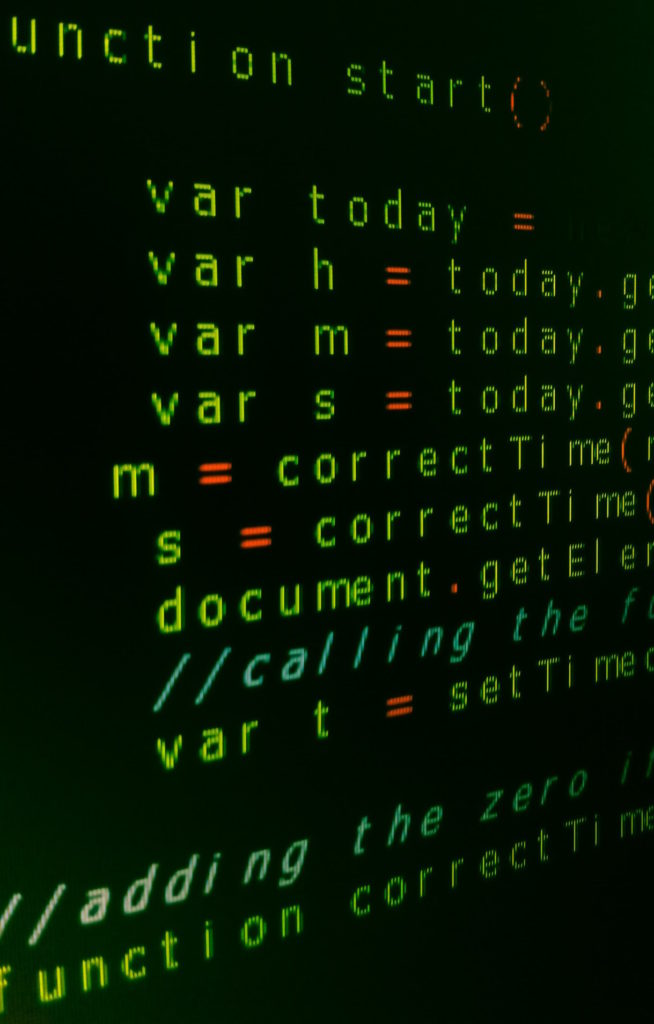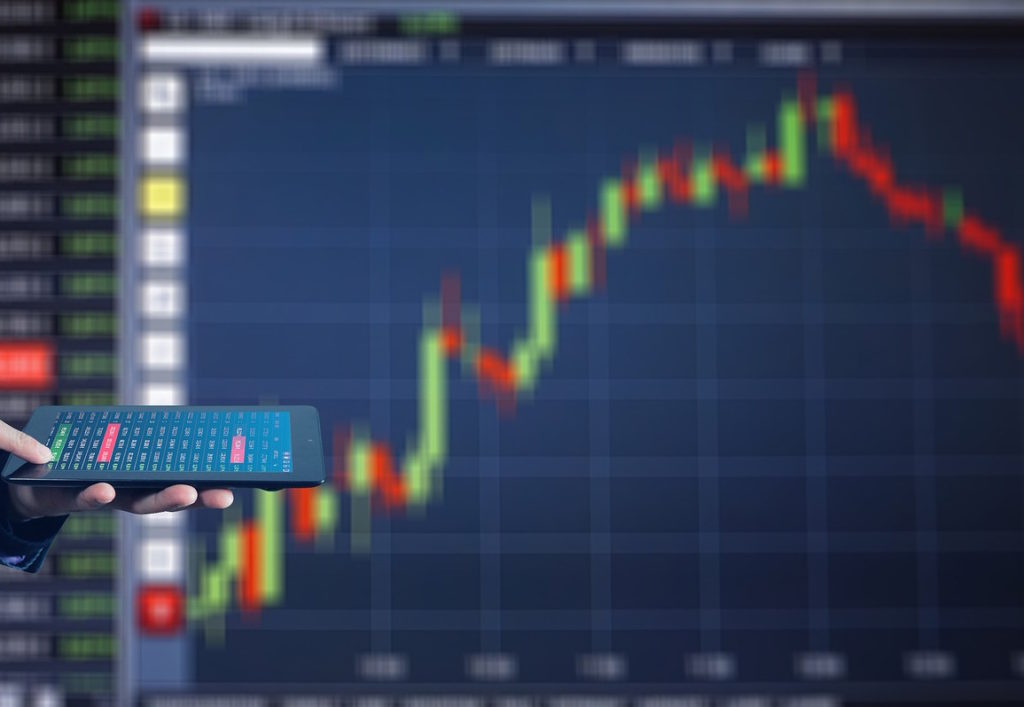Deep Learning explained
Deep Learning is a learning technique that allows a program to learn by itself. Its expertise exceeds human know-how in the field in which the machine is expert. It is a method derived from Machine Learning, which has really changed the field of Artificial Intelligence.
Deeper learning
Deep Learning is considered to be a sub-part of Artificial Intelligence.
Its difference with « classic » Artificial Intelligence is in its architecture. With Deep Learning, AI is made up of thousands of neural networks, which function as they do in a human brain. All the neurons interact with each other, forming dozens of « layers » of data and calculations. This is why it is called « deep » learning. Each neuron performs calculations, which are communicated to the layers. The layers will communicate the information to the other layers and validate or invalidate the results they expected based on the information transmitted by the artificial neurons. This will allow the AI to achieve the mission for which it is created.
At each level of artificial neurons, there can be several layers. Thanks to the interactions between the artificial neurons, the AI will deepen its knowledge in a given field and become an expert in it. It will be able to take into account all the parameters necessary to understand the environment it is studying.
Deep Learning is a self-learning process. As it accesses thousands of data, it will be able to learn by itself to detect the elements it needs to know or recognize.

Deep Learning applied to trading

That’s how we created ANA, the Artificial Intelligence for trading. ANA has been trading on the financial markets since 2017. Thanks to this learning, she is perfectly autonomous in her trade execution, but also in her risk management. ANA has become a total expert in trading. Thus, she is able to make trades while optimizing their performance and minimizing the risks associated with trading.
We hear a lot about Deep Learning and Machine Learning. What are the differences ?